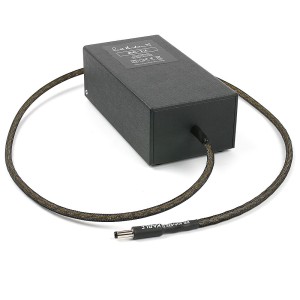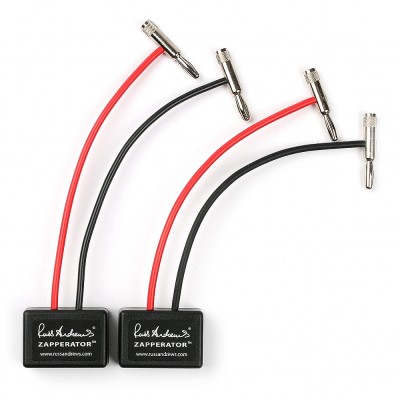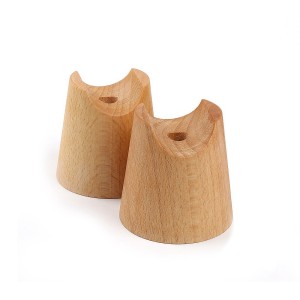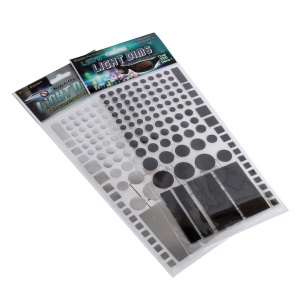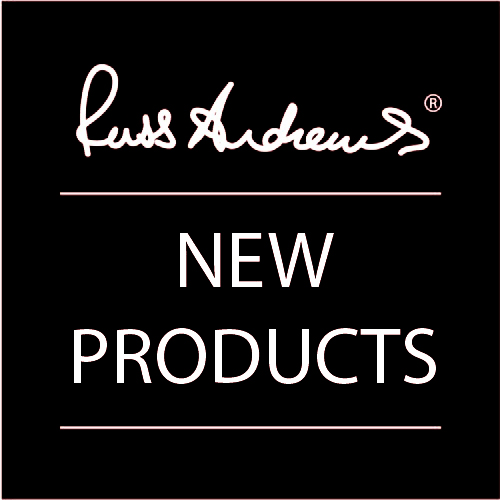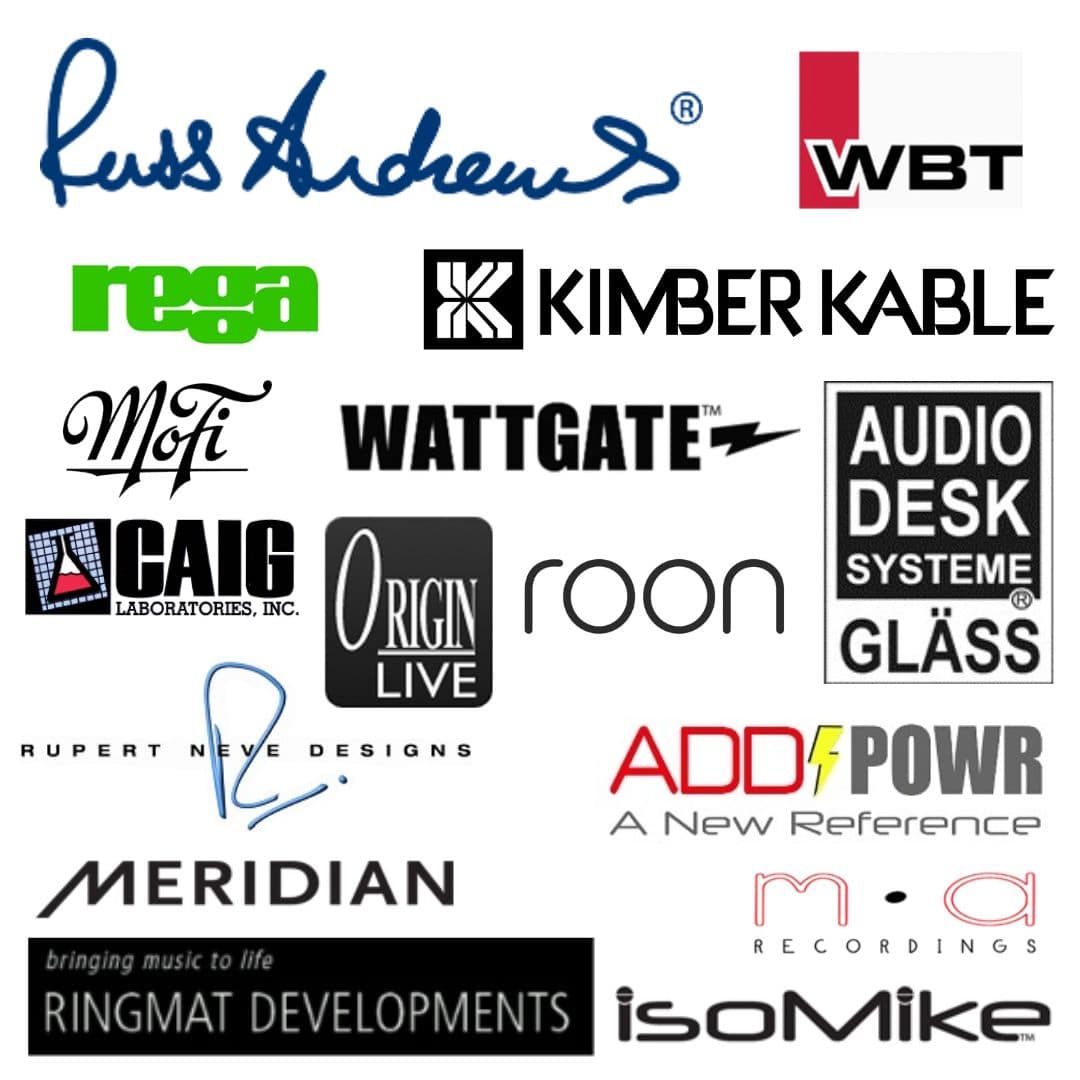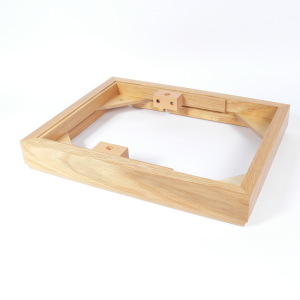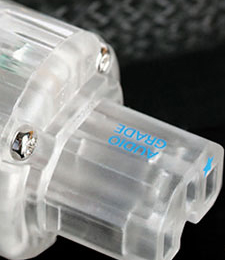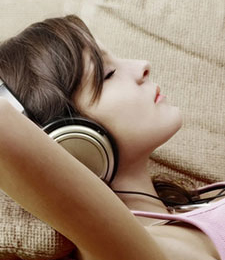Recommended Recordings: Time Further Out
Friday, 4th July 2025
In the second of his Recommended Recordings, Russ takes inspiration from a recent competition entry...

2. Time Further Out
In issue 69 of our magazine, Connected to Music and Movies, we held a competition inviting readers to share with us their favourite test track, the one always used to audition a Hi-Fi component or, indeed, a full system.
The winning entry from David Clement (published in issue 70) was the track Blue Shadows in the Street from the album Time Further Out by Dave Brubeck. It caused a stir in my music room: I could not remember either the album or the track! Without bothering to look on the shelf, I was convinced that I didn't have it and couldn't remember it.
Just to be sure I checked and there, hiding amongst my collection of nine Brubeck Albums from the 1950s and 1960s, was Time Further Out - right next to Time Out, just where it should be.
I had no memory of the cover picture or any of the tracks, except for track 7 Unsquare Dance, which instantly started playing in my head as if I had listened to it only yesterday.
My copy of Time Further Out is an old 1961 CBS issue that I do not remember buying or ever playing. I cleaned it, cued it up and played it from track one.
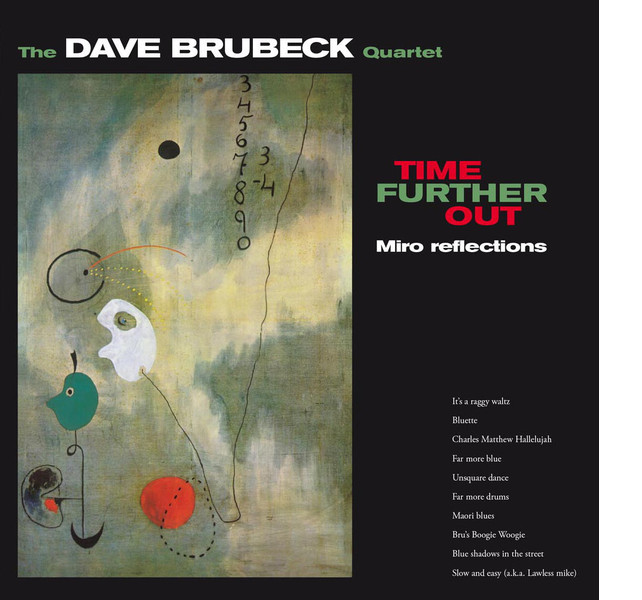
Time Further Out 1961, vinyl
When I got to track seven, I remembered the effect Unsquare Dance had on me back in the 1960s when I first heard it. It had opened my mind up to enjoying unusual tempos in music (7/4 time? Who ever heard of that?). Strangely, though, I could remember none of the other tracks… a mystery I must now live with.
David is absolutely right in his choice of test track though; Blue Shadows in the Night is far and away the star composition. His eloquent competition entry no exaggeration, perfectly describing the emotional message.
Where I could remember Unsquare Dance note for note, Blue Shadows left me with the emotional journey, the emotional experience as a memory, rather than a clear memory of every note.
That surely is the real purpose of a piece of music, making it the perfect test track with which to judge any music replay system, or part of it.
I first listened to my old original LP: a CBS issue, stamper number BPG 62078 2 L. The sleeve of my mono edition says Fontana 682 519 TL / TFL 5161 (the stereo version is STFL 578). It is tired and damaged, but fair for its age; the disc is clean with a mild scratch across track 1. Overall, it sounds used but good enough to enjoy.
LP number 2 is a recently bought (from rarevinyl.com) on the DOL label: a 2015 UK reissue of the 1961 mono LP now pressed in 180gm vinyl. Or so it says on the invoice.
It was a new sealed and unplayed copy – catalogue number DOL850H with stamper numbers 107776E 2/A and 107776E 1/B. It is a very clean and enjoyable sound, just as a virgin new LP should be.
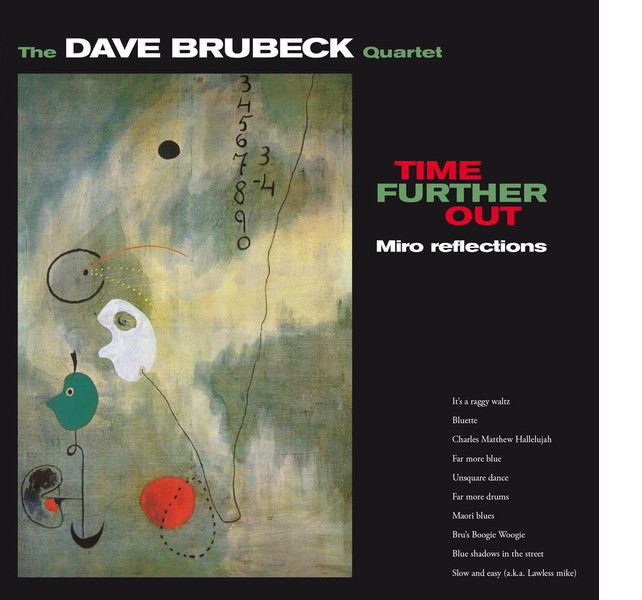
The 2015 vinyl re-issue
But mono it is not - and so cannot be - a copy of a mono source. It also has a bonus track not on the mono original: Slow and Easy (a.k.a. Lawless mike) which was missed off the original LP, for lack-of-space reasons, I presume.
The record label makes no Mono/Stereo claim at all but it sounds like a copy of the original stereo recording which is the version used on the 1996 CD reissue.
I am unhappy about this because, though common in American recording studios in the late 1950s and early 1960s, stereo recording was a misunderstood technique. Stereo was experimental then and stereo replay equipment rare.
Engineers were experienced with mono recordings and continued to make them at the same time as making the early stereo ones, ready for the commercial launch of stereo. I do not know what the time gap was but you can imagine how long it took for the public to own stereo systems in any large numbers.
New recordings like Time Out and Time Further Out were launched in mono just as they were in the pre-stereo days. These were genuine mono recordings using one good (probably a ribbon-type) microphone into one channel: I have a recording called Picture of Heath with Chet Baker, Art Pepper, Phil Urso, Leroy Vinegar and others.
Recorded in 1956, the cover shows the four principals in the studio around just one omni directional mic. My copy of Picture of Heath is also a 2015 reissue and the mono sound is a superb, with a central but believable image, because the musicians were experienced with one mic and used it sensibly by moving forward or back for each musician’s solo part to have just enough aural space to sound natural.
If they had recorded with two or more mics on a wide 'stereo' bar, they would have typically just stood wider apart and allowed the recording engineer to place the instruments on a wide soundstage. It sounds simply bizarre.
The usual result, as you can hear on the 'stereo' version of the 2015-issued Dave Brubeck LP, has a very right-channel-biased sound stage with Dave Brubeck's piano coming out of the right speaker, the bass in the centre with Paul Desmond's saxophone and with drums spread from centre to left of centre depending on what part of it Joe Morello played. This result, though very common, sounds very distracting to listen to.
Conclusion
For me, Blue Shadows in the Street works best in mono. Not just because the image is centrally placed on the soundstage, but because the musicians understood how to use the microphone to bond with each other and create the occasion.
This album is, therefore, much more than a collection of clever and innovative tunes. It is an embodiment of the album concept beautifully bookended by Raggy Waltz and Blue Shadows.
The CD reissue of 1996 is a commendably clean, smooth and competent CD mastering but a missed opportunity to restore the Mono tape to us and start to correct the prejudice against listening to the benefits of mono over the weirdness of badly-recorded stereo.
I must come back to an appraisal of the Brubeck 'Time' experiments of the 1950s and 1960s when I have found my missing recordings of the Time series: Time, Time in Outer Space, Time Changes, and Time In. The huge commercial success of Time Out seems to have blinded me to the rest of this pivotal tempo experiment whilst it educated my perception of modern jazz.
I am more indebted to David than I expected to be after reading his excellent Competition Entry.
Written By Russ Andrews












